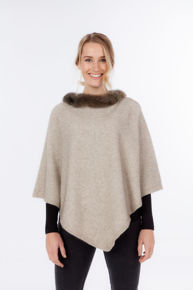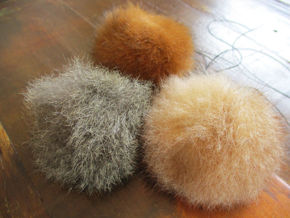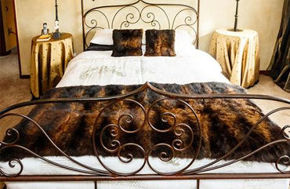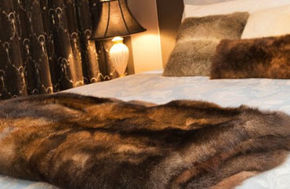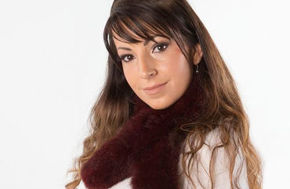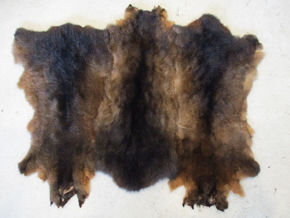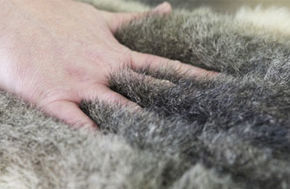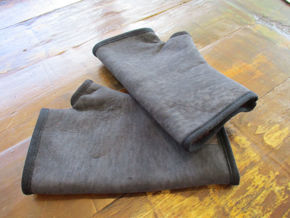Fur Prices
The base price that Basically Bush pays for possum fur is dictated primarily by the market. Seasonality is also a price-determining factor. During the moult and into the summer months the fur is shorter than the remainder of the year and therefore has less value to the yarn spinner. We encourage hunters to operate from March to November to ensure better returns.
We believe that the possum harvesting industry has a robust future and strive to maintain a stable price throughout the year.
Fur
Possum fur is prone to attracting weevil if stored for long periods so always ensure your fur is clean and dry before storage. Short-term dry fur can be kept in an airtight rubbish bag but for long-term storage a wool fadge or breathable sack will be best. However, it is good practice to sell your fur on a regular basis to avoid storage issues.
We are currently buying possum fur at $110/kg. Find your local agent here and get in touch.
Skins/raw pelts
📧 mike@untamed.nz
🌐 www.untamed.nz
📞 06 376 5884 | 📱 027 263 7194

